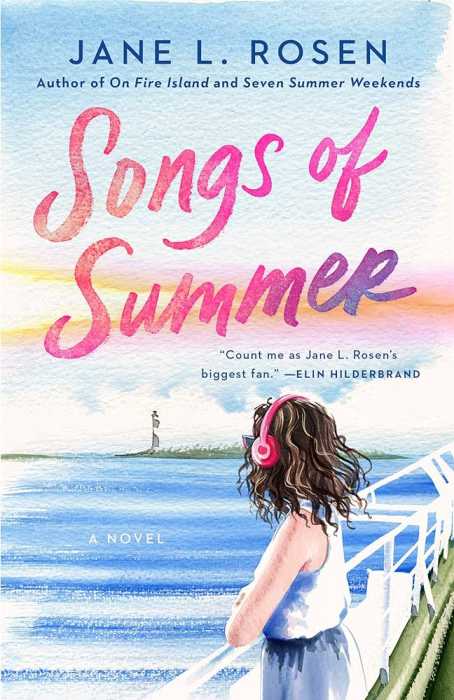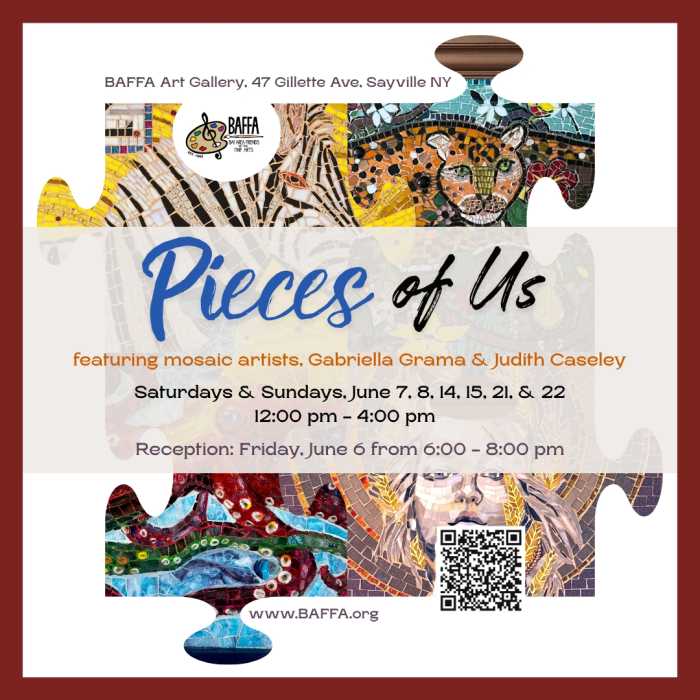Fire Music
by Connie Hampton Connally
Historic Fiction/Coffee Town Press
Connie Hampton Connally’s “Fire Music” connects generations, reveals hidden family secrets, and mends broken hearts.
Lisa Varga, a modern-day young American, is intrigued when she finds a yellowed sheet of music dated 1944, belonging to her recently deceased grandfather, Sandor. She travels to Budapest and discovers the composer, Antal Varga, her grandfather’s cousin, his “best friend, since before we could even tie our shoes.”
Seeking a better understanding of her grandfather’s silence about the war, she wants to know the meaning behind the music of Antal’s “Song to Our Enemies.” A “good riddance to communism,” and the notes that “twisted into dissonance, drove to a frantic crescendo… a long roll.. a deafening crack.”
Antal’s grandson, Kristoff, their translator, also has questions. It takes a while before Antal can talk about Hungary’s Russian occupation, when “Girls were raped, boys stepped on landmines… shot-up cities ran out of medicine, and babies died in their parents’ arms.”
A dual timeline takes the reader, from the present to 1945, into the lives of the main characters, their children, and their grandchildren and links the generations through the power of music, the heart and soul of the novel.
“How he wanted to play it, to feel the good strings and wood in his hands and to hear its music—but what if another explosion tore it from him and crushed it? No, he left it in the case and re-wrapped it in blankets. He sat in the darkness under the stairs, picturing the Dvorak score, singing the music softly to himself, feeling the rhythm, imagining the violin neck and moving his fingers. It was all he could do.”
Sandor also uses music to speak out. His answer to the horrors of war is “The Light Shines.” a song homage to resilience and hope during that horrible era.
This is also a story of young love, of losses and resentments carried over decades; both cousins are in love with Marta, a member of their musical group. When a calamity strikes their town, there is running, hiding, and death in the families. What has become of Sandor and Marta? Will Antal ever see them again? Page by page, these questions are answered as Antal nears the end of his life.
A cellist and composer herself, Lisa, now back home, adds her own musical passage, her “fire,” to the cousins’ compositions and sends it to Antal. He, in turn, works in her cadenza, “her arpeggios, echoing Sandor’s guitar.” The music “leapt bright. It circled, wrapping the final notes of the cadenza into glowing chords.” A new, brighter ending to the deafening crack of “Song to Our Enemies.” It is a lovely collaboration that reconnects the generations, honors the past, and takes Sandor’s and Antal’s music to a concert in the present time.
In the tale, Kristof discovers that he has a five-year-old son from a woman he once dated briefly. Married now, she wants “to get him out of the way,” but Kristof insists on meeting Misha, and discovers his music potential—another generation, another musician in the family. He becomes his piano teacher and remains so for years, never revealing their true connection. One day, Kristof hears Misha play at a concert, and his secret comes to light.
This is a good story, especially the part that highlights the lasting and redemptive qualities of music, but I found the narrative drawn out. Tidying up Lisa’s interior monologues and less about her, Antal’s, and Kristof’s problems with minor characters would also help move along the essential story.
Not so with the descriptions of the music played by The Bomb Shelter Quintet, Antal’s and Sandor’s teen musical group during the occupation; those hit all the right notes. Cello, piano, guitar, each instrument in sync with the other, each musician feeling what the other feels; there, the narrative sings.































